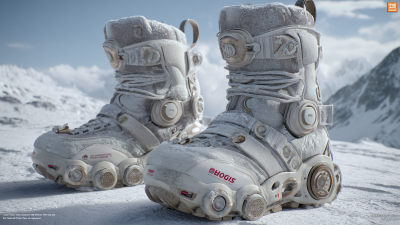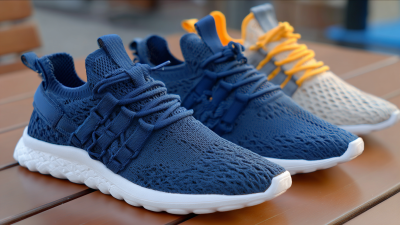
As the winter season approaches, selecting the right footwear becomes essential for maximizing comfort and warmth. According to a recent report by the Footwear Distributors and Retailers of America (FDRA), the demand for winter shoes has surged, with a projected growth of 12% in sales compared to the previous year. This indicates not only a seasonal trend but also a shift towards prioritizing features like insulation, waterproofing, and slip resistance. Industry experts emphasize that investing in quality winter shoes is critical for both health and safety, especially in regions that experience severe weather conditions. In light of these insights, we present the top 5 winter shoes that are expert-approved, ensuring you stay cozy and supported throughout the chilly months. Discover how these selections can enhance your winter wardrobe without compromising on style.
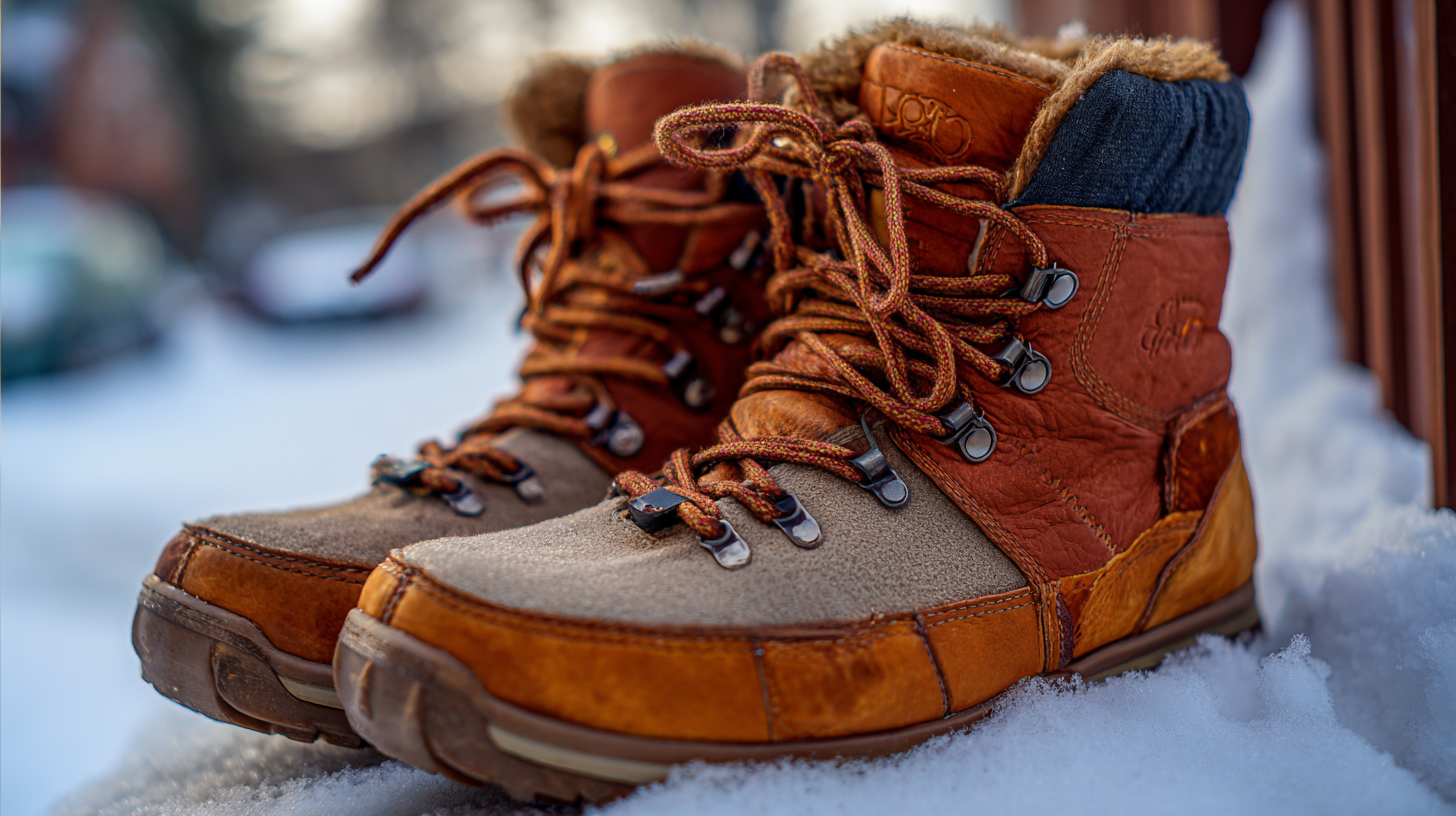
When selecting winter shoes, the materials used play a crucial role in ensuring both warmth and durability. Insulating materials such="wool" and "fleece" provide excellent heat retention, making them ideal for frigid temperatures. These natural fibers not only trap body heat but also wick moisture away from the feet, preventing dampness that can lead to discomfort and cold extremities. Moreover, shoes lined with high-quality insulation can significantly enhance the overall warmth, making them perfect for extended outdoor wear.
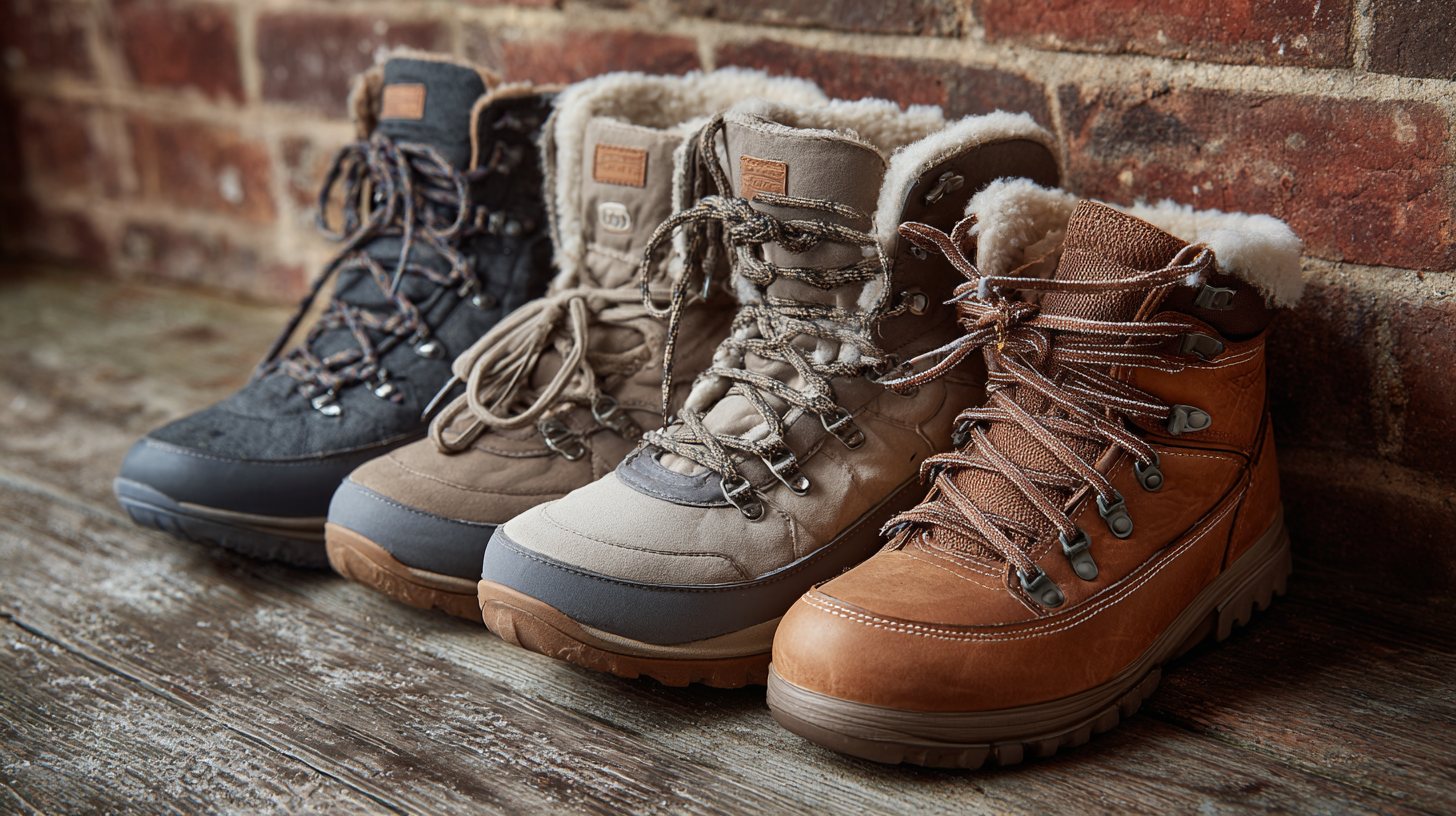
In addition to insulation, the outer materials are vital for protecting against the elements. Waterproof technologies, such as Gore-Tex or rubber coatings, prevent water from seeping in, allowing wearers to navigate snowy or slushy conditions without compromising on comfort. Additionally, durable leather or synthetic uppers can withstand abrasions and harsh weather, ensuring longevity in your footwear investment. Understanding these materials will help you select winter shoes that not only keep your feet cozy but also stand up to challenging winter conditions while providing the necessary support and traction.
When selecting winter shoes, comfort and warmth are paramount. According to a study by the American Podiatric Medical Association, approximately 77% of Americans experience foot pain at some point in their lives, making it crucial to prioritize comfort in footwear. Look for shoes that offer adequate arch support and cushioning to alleviate pressure on the feet during colder months when people tend to engage in more outdoor activities. Cushioning materials like EVA and memory foam play a key role in ensuring comfort, as they mold to the foot’s shape and help absorb shock.
Additionally, insulation is vital for maintaining warmth in winter shoes. Research from the Waterproof Footwear Association indicates that proper insulation can reduce heat loss by up to 30%. When evaluating winter shoes, consider those with materials such as Thinsulate or fleece linings, which are designed to trap heat while allowing moisture to escape. A sturdy, non-slip outsole is also critical for traction on icy surfaces, enhancing safety and stability. By focusing on these key features, you can ensure that your winter shoes keep your feet comfortable and warm throughout the season.
| Shoe Model | Key Features | Material | Insulation Type | Waterproof Rating | Comfort Level |
|---|---|---|---|---|---|
| Model A | Thick insulation, cushioned insole | Leather | Synthetic | High (2000 mm) | 9/10 |
| Model B | Breathable lining, slip-resistant sole | Synthetic | Thinsulate | Medium (1500 mm) | 8/10 |
| Model C | Adjustable fit, ergonomic design | Canvas | Down | High (2500 mm) | 10/10 |
| Model D | All-terrain soles, extra ankle support | Nubuck | Fleece | Medium (1800 mm) | 9/10 |
| Model E | Quick-dry technology, flexible sole | Mesh | Synthetic | Low (1000 mm) | 7/10 |
When it comes to winter footwear, selecting the right style is crucial for various activities. For those who enjoy outdoor adventures, insulated hiking boots offer both warmth and grip. Look for models designed with waterproof materials and breathable linings to keep your feet dry and cozy during long treks in snowy conditions. Brands like Merrell and Salomon are highly recommended by experts, providing a perfect blend of comfort and durability.
For urban dwellers seeking elegance and functionality, insulated ankle boots are a stylish yet practical choice. Consider options that include faux fur linings and rubber soles for added comfort and traction on icy sidewalks. Additionally, snow boots are a must-have for anyone facing heavy winter conditions. These boots typically feature thick, non-slip soles and insulation to ensure your feet stay warm while traversing through deep snow. Columbia and Sorel are among the top brands suggested by experts in footwear, known for their performance and fashionable designs that cater to both casual outings and rugged environments.
Fitting winter shoes properly is crucial for ensuring both comfort and optimal performance in cold conditions. To begin, it’s essential to measure your feet at the end of the day when they are at their largest. This allows for a more accurate size selection. When trying on winter shoes, wear the socks you intend to use, as thicker socks can affect the fit. Make sure there is enough wiggle room for your toes, while also ensuring the heel fits snugly without slipping. A properly fitted shoe enhances warmth by minimizing cold air entry and moisture buildup.
Choosing the right type of insulation and materials is also essential for comfort and performance. Look for shoes with moisture-wicking liners and waterproof exteriors to keep your feet dry and warm. Additionally, consider shoes with removable insoles that can be replaced with orthotics for further customization. Remember that a good winter shoe should not only fit well but also allow for some flexibility, so you can walk and move comfortably over snow and ice without compromising support.
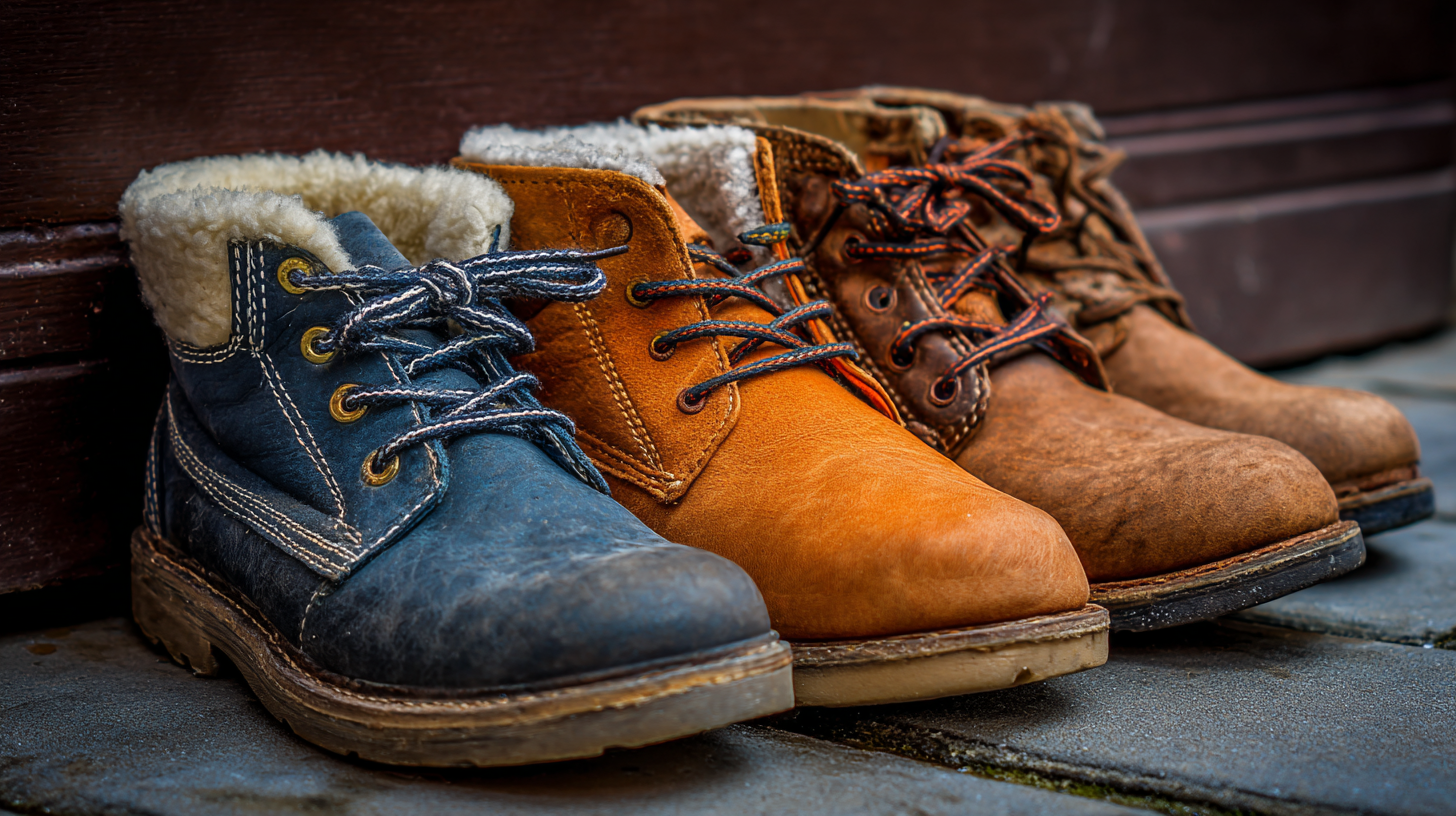
To extend the life of your winter footwear, it’s essential to care for them properly. One key step is to clean your shoes regularly. After each wear, remove dirt and salt stains that can accumulate during winter months, as these can damage the material over time. Use a soft brush or damp cloth to wipe down the exterior and allow them to dry completely before storing them away.
Another important tip is to properly store your winter shoes when the season ends. Keep them in a cool, dry place and use shoe trees to help maintain their shape. Avoid stacking shoes on top of each other, as this can create creases and deformities in the material. Additionally, consider applying a waterproofing spray to protect against moisture damage, ensuring that your footwear remains in top condition year after year.


